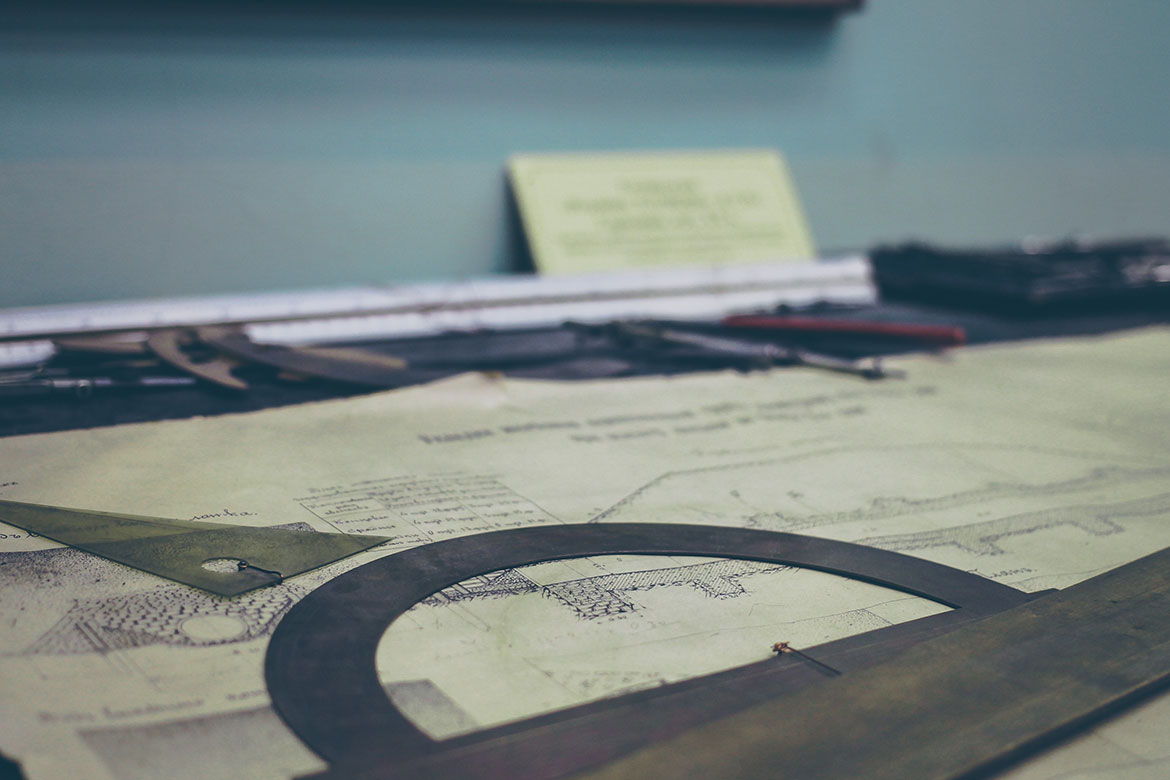10th January, 2015
CDM 2014 Becomes CDM 2015
You may remember our blog post back in 2012 about proposed changes to the Construction Design and Management (CDM) Regulations 2007 expected in 2014, well fast forward a couple of years, and those changes look set to finally make there way through the legal system and into force in 2015.

You may remember our blog post back in 2012 about proposed changes to the Construction Design and Management (CDM) Regulations 2007 expected in 2014, well fast forward a couple of years, and those changes look set to finally make there way through the legal system and into force.
CDM 2014 has now become CDM 2015.
Things have changed somewhat but the basis of the changes remains the same as we expected back in 2012.
The CDM Coordinator role is removed from the regulations, although the duties will still need to be carried out. These duties will now mostly pass to the new role of Principal Designer.
The Principal Designer is the appointment responsible for developing the Pre-Construction Information and providing this information to other relevant parties and duty holders.
Clients will now have the responsibility for notifying the HSE of the project (where the project is notifiable), although the notification requirements have changed somewhat, the threshold remains at 30 days but only where there are 20 or more workers simultaneously, or 500 person days (as previously).
The duties will now also apply to domestic clients and domestic projects, which means, in addition to no longer being exempt from the requirements of notification, domestic clients will now need to make the appointments of Principal Contractor and Principal Designer. Previously domestic clients did not need to appoint Principal Contractors or CDM Coordinators or have specific duties under CDM.
There are some automatic rules within the new regulations whereby the Principal Contractor and Principal Designer are automatically appointed should the domestic client fail to make written formal appointments. For example, it is expected that the domestic client duties will be carried out by the contractor in control of the work, and where there is more than one contractor, this will be the Principal Contractor.
It is, therefore, vital that those working as designers, contractors and indeed clients in the construction industry are fully aware of the changes and the requirements that may fall on them, even without instruction.
It is also important to note that while the threshold for notification has increased, this no longer applies to the duty holder appointments, therefore all projects involving more than one contractor will now have a Principal Contractor appointment, and all projects will need a Principal Designer appointed.
While on the face of it, the changes to CDM may not seem huge, with many of the duties remaining in force from CDM 2007, the way these duties apply, and the projects they apply to, has changed significantly.
We will be releasing a CDM support package, CDM 2015 awareness training and posting lots more information on the blog over the next few months to help our clients make the change over to CDM 2015 which is expected to come into force on the 6th of April 2015.
If you are working as a Principal Contractor, why not use our CDM Construction Phase Plan Template to develop a plan that fully complies with CDM 2007 and CDM 2015.
This article was written by Emma at HASpod. Emma has over 10 years experience in health and safety and BSc (Hons) Construction Management. She is NEBOSH qualified and Tech IOSH.
Need CDM Help?
Get CDM support on your construction projects with our free guides and support packs for all duty holders.
CDM SupportRecent posts like this...

Can You Have Two Principal Contractors On One Site?
Any construction project with more than one contractor needs a principal contractor appointed under CDM. There should only be one principal contractor on a project. But what if your site has multiple projects? Can you appoint more than one principal contractor? Let's see what the regulations say.
Read Post
The 4 CDM Duties Of A Designer
Nearly everyone involved in construction has duties under CDM, including designers. And that doesn't just mean the architect. Anyone who prepares or modifies a construction design is a designer under CDM. In this blog post, we'll look at the 4 CDM duties of a designer.
Read Post
The Definition Of Construction Work Under CDM 2015
If you work in construction, you have probably heard of the CDM Regulations. Because the Construction (Design and Management) Regulations (CDM 2015) apply to all construction projects. But what exactly is construction work? Let's look at the definition of construction work under CDM.
Read Post